Editor’s note: Under the norms of the caste system, Dalits were denied the pen. Before the advent of Dalit literature in India, much of Dalit history was oral in nature. Their lives were not available to them in written form, and even when available, it was a depiction by those who had no experiential connection with Dalits. It was Dr BR Ambedkar who stressed on literary assertion as a means to struggle against the caste system. Thus began the ceaseless movement of literary assertion by Dalits, who went on to write powerful stories about their lives. It marked a resurrection of their experiential world, which had been appropriated by the pens of Savarnas. Poems, stories, novels, biographies, autobiographies produced by Dalits established a new body of literature in which, for the first time, the downtrodden took centrestage. People who had been denied what humanity considers the ‘basics’, started to transform the lives of others like them, through the written word. As this movement of literary assertion by Dalits grew stronger, the unseen side of India — the side that is brutal and inhumane — became visible to the world. Maharashtra was at the forefront of this revolution that has, over the last six decades, helped transform the worldview about Dalit lives. Almost all of the writers who shaped the early theoretical discourse of Dalit literature were from Maharashtra and in this series, we revisit the lives and works of 10 distinguished Dalit writers from the state — and their impact on the literary world. In this fifth column, we look at the literary legacy of Urmila Pawar. *** The struggle of Dalit women in India is often perceived as a fight against patriarchy, and caste — as separate entities. The truth, however, is that their struggle is against against caste-ridden patriarchy, essentially an offshoot of Brahminism in India. Therefore, the claims of the Dalit woman in the the anti-caste struggle are more powerful, subtle, theoretically holistic and thought provoking. Not only this, Dalit women, through their narratives, seem to broaden the scope of movement against caste. [caption id=“attachment_4189939” align=“alignnone” width=“825”]  Urmila Pawar was among the strongest voices of Dalit feminism[/caption] The recent debate on Raya Sarkar’s list of ‘sexual harassers’ in academia has brilliantly exposed the ‘caste’ element in the discourse of feminism in India. Raya’s initiative and her dynamic move against Brahminical caste patriarchy tell us that the powerful epistemic position of Dalit women has made Brahmin feminists in India uncomfortable. The guiding force to arrive at such a position — to express themselves so daringly, with such illuminating clarity — can be seen in the history and the background for further struggle Dalit women created through their narratives and writings. Right from the era of Savitribai Phule, Fatima Sheikh and Mukta Salve, Dalit women’s writing has had a rich history. Needless to say, it provides a background to the discourse of feminism in India that has always been denied by Brahmin women who call themselves feminists. The position of Dalit women as ‘Dalit within Dalits’, is the crucial factor that makes their struggle theoretically fertile and, a discourse which feminism in India cannot afford to avoid. When Urmila Pawar’s autobiographical work Aaidan was first published, it sent waves of discomfort in society, among men and women alike. I remember sometime in 2014, when I went to watch a play based on her work at the National Centre for Performing Arts, located in an elitist area of South Mumbai, witnessing for the first time on stage, the lives of women I had seen around me. Pawar came on stage before the play began and shared her experiences of writing her first book. She had faced opposition from male agencies across castes, including her own home — where her book (initially) was not celebrated, but looked down upon. As a Dalit woman, Pawar wrote about her life experiences, dared to articulate them intimately and explicitly — and that was the point of arrival from which Dalit narratives against caste society became clearer to the world. Though pioneering writers like Shantabai Kamble and other Dalit women had already put their struggle into words, it was Pawar’s work which received wide readership. In her book, one of the instances she mentions is of the menstrual cycle, illustrating how the the idea of ‘purity’ and ‘impurity’ not only fractured Brahmins psychologically but also victimised Dalits till a certain point of time. When she, as a girl, was made to sit in a corner by her mother to avoid touching anything during her cycle, Pawar recounts thinking: “As if I wasn’t discriminated (against) enough by others outside, now (my) family too, has set rules for me”. This incisive understanding showed how Pawar explored and experienced the twofold struggle — of a woman, and of a Dalit. This exploration of one’s personality in relation to society is a remarkable contribution she made to the discourse of feminism in India. This also served as the arrival point for Dalit feminism, as ‘feminism’ in India — based as it was on the understanding of Brahmin/upper caste women due to their relatively better position in the power-structure of the caste society — could not do justice to Dalit women’s issues. Dalit women dealt with ‘caste+patriarchy’ whereas Brahmin feminists were mostly blind to the caste factor in feminism until recently. Pawar did not stop with an autobiography, in exploring the nuances of Dalit life. She also wrote two collections of short stories and one play, Vhay Mi Savitribai (Yes! I am Savitribai), based on India’s first woman teacher Savitribai Phule. The play, in which Pawar has also acted, has been running for almost 25 years. Pawar has been one of the prominent members of the women’s movement for decades in Maharashtra. Her biggest contribution is a book she co-authored with Minakshi Moon, Amhihi Itihas Ghadvila (translated and published in English as We Also Made History). The book included the narratives of Dalit women who actively participated in Babasaheb Ambedkar’s movement against caste. This book is remarkable in many ways as it was perhaps one of the first to collect oral accounts of women and build it into a discursive narrative that cemented the voice of Dalit feminism. Pawar — as a writer, and one of the strongest voices of Dalit feminism — has made her own place in the history of Dalit women and their contribution to the movement against caste. Not only this, her book (Aaidan) laid the groundwork for building a theory around Dalit women’s narratives. Aaidan — as a book, as a manifestation of the Dalit woman’s mind, as a speech of a Dalit woman, as a theory — indicated the arrival of the Dalit woman, who had started to see the twofold oppression in which she had been caught for centuries. Thus did Urmila Pawar break the barriers of caste and patriarchy — both of which are part and parcel of Brahminism. Yogesh Maitreya is a poet and translator. He is the founder of Panther’s Paw Publication, an anti-caste publishing house. He is pursuing a PhD at the Tata Institute of Social Sciences, Mumbai.
In the fifth part of our series on the great writers of Dalit literature from Maharashtra, we look at the literary legacy of Urmila Pawar — feminist extraordinaire
Advertisement
End of Article


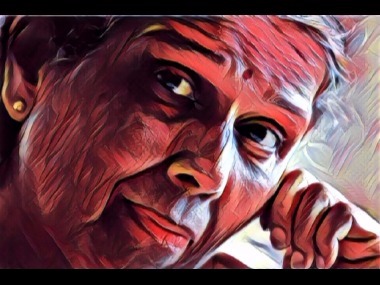)
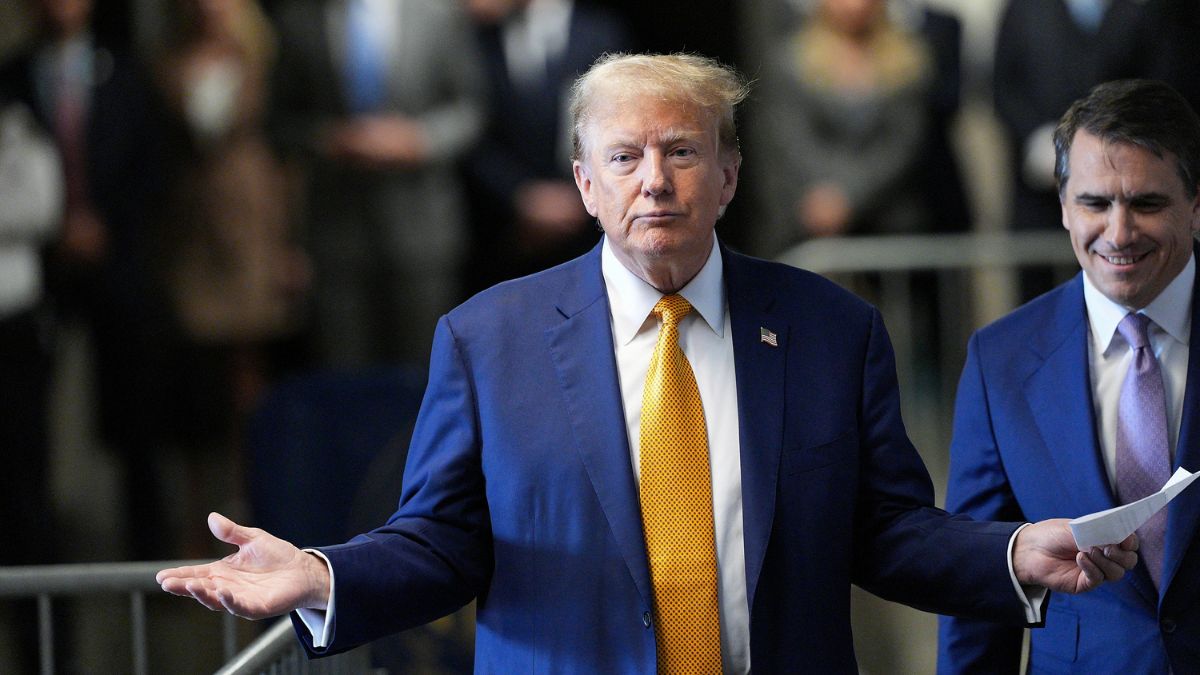)
)
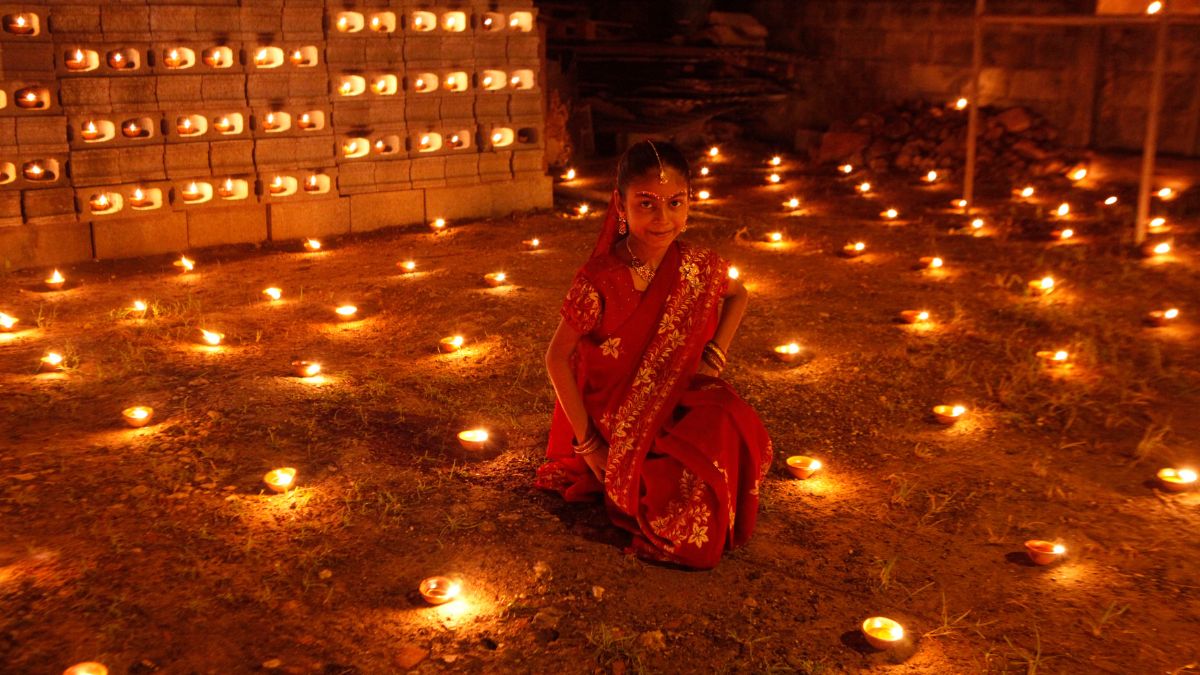)
)
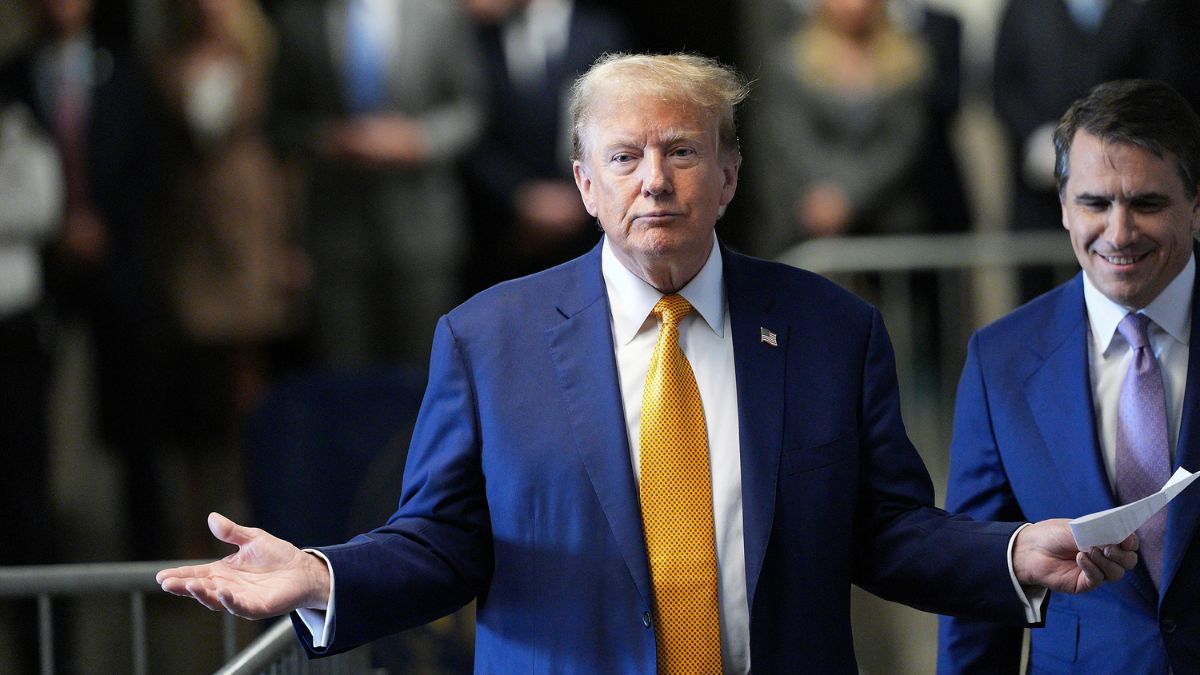)
)
)
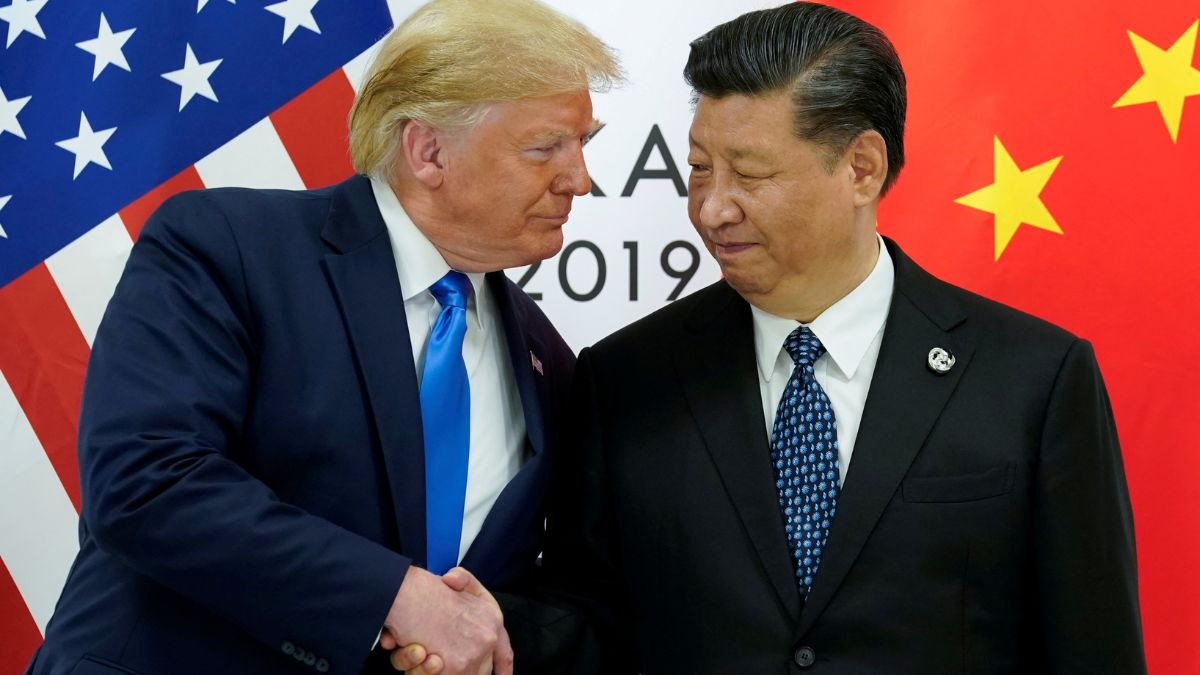)



